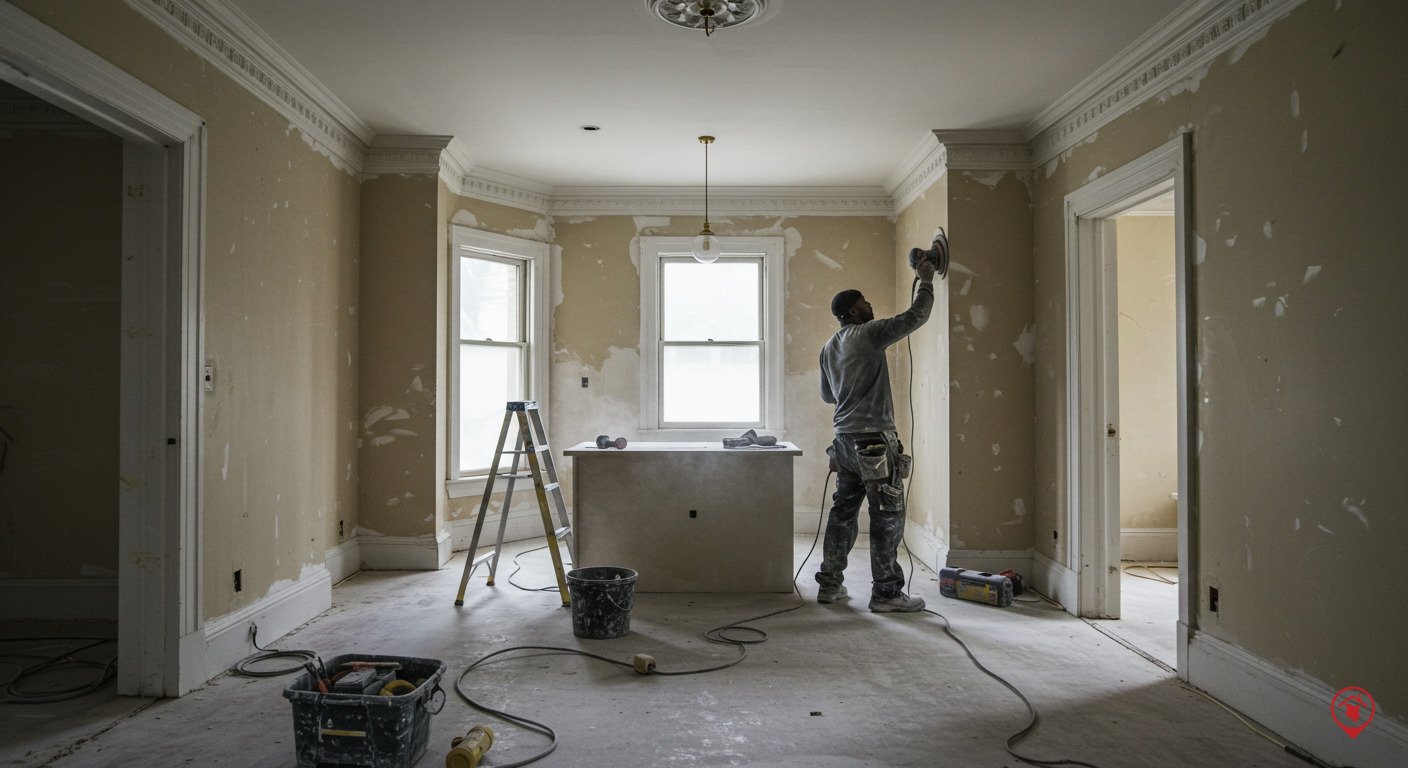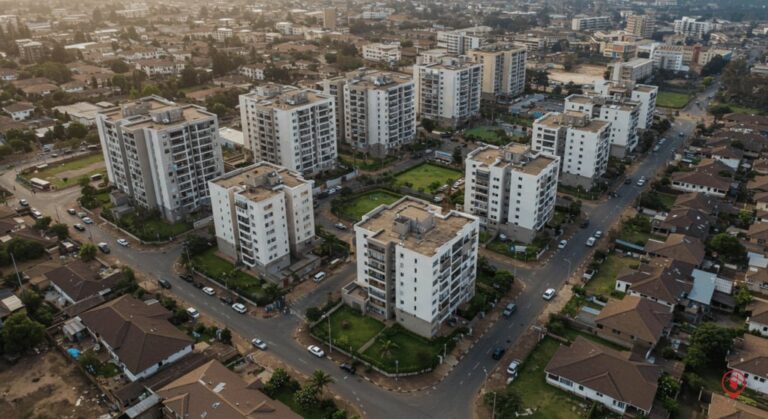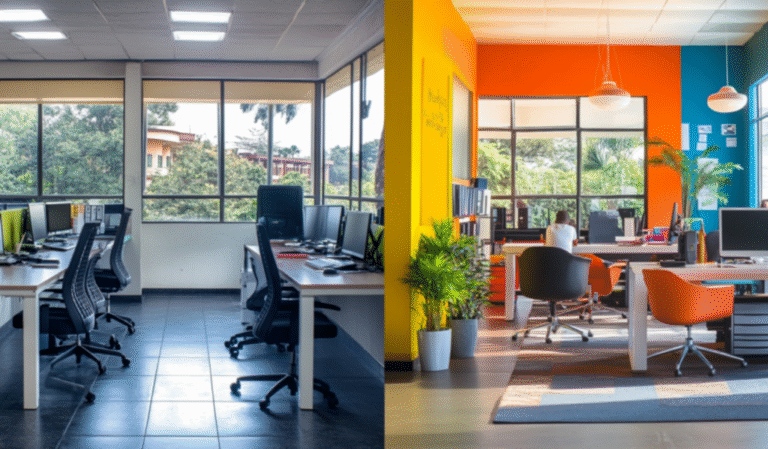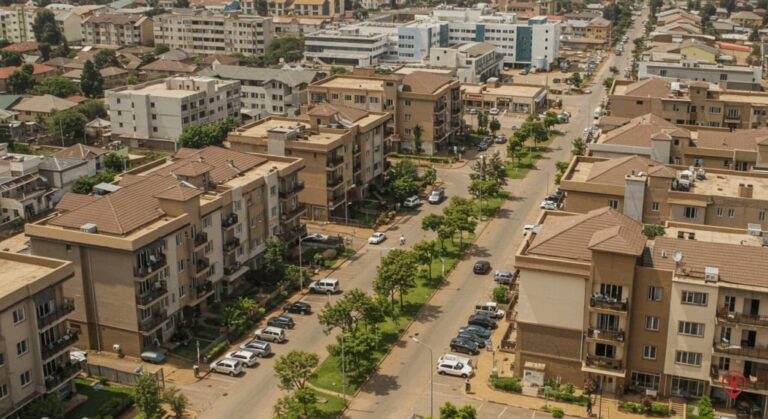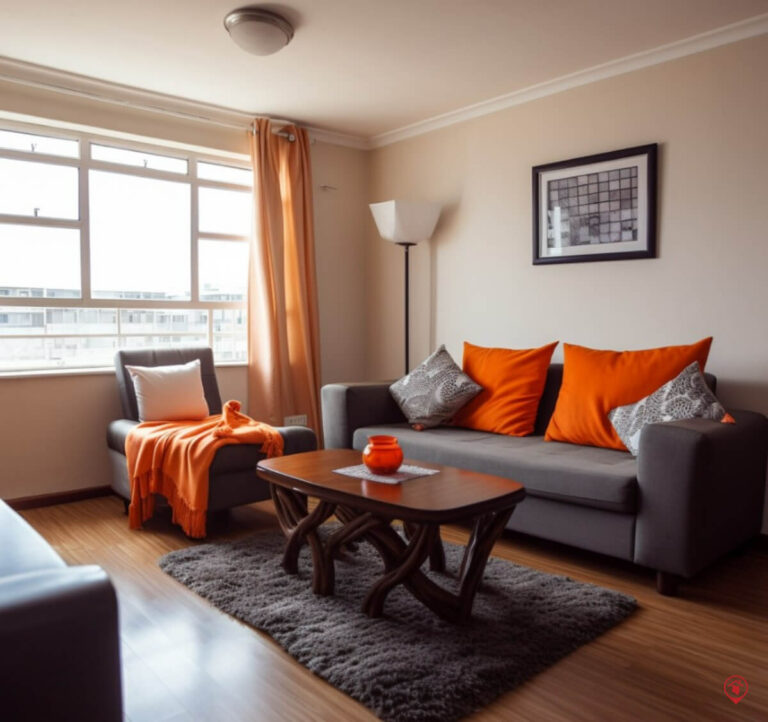Can You Really Flip Houses in Kenya? Where It & Doesn’t Work
- In Kenya, most people still believe in the long game. Buy land and wait
- House flipping is a real estate strategy where an investor purchases a property that’s undervalued, renovates it, and then resells it at a profit.
- BuyRentKenya’s index shows that land in Westlands averages Ksh. 420 million per acre.
- Many Kenyan buyers, especially middle-class upward movers, want new homes.
The first time I heard of flipping houses, it was in an American reality show. You know the kind where someone buys a run-down property, gives it a fancy renovation, and sells it for double the price, all in six weeks. Sounds like a dream, right? But is it possible in our real estate market?
In Kenya, most people still believe in the long game. Buy land and wait. Build slowly. Sit on property until it appreciates. And honestly, that formula has worked for many.
But with the Kenyan real estate space expanding and evolving, you have to wonder: could flipping houses be a viable strategy here? Or is it just a Western concept that doesn’t quite fit our reality?
Let’s unpack this — with real numbers, real context, and real possibilities.
What Exactly Is House Flipping?
House flipping is a real estate strategy where an investor purchases a property that’s undervalued, usually due to age, disrepair, or neglect — renovates it, and then resells it at a profit. The trick lies in buying low, spending wisely on renovations, and selling high.
In Western countries, this is often backed by access to short-term loans or investor capital. The process is fast, competitive, and relatively liquid.
In Kenya, the concept is still in its infancy, but it’s beginning to gain some attention, especially in Nairobi and its surrounding towns.
Why Flipping Isn’t Popular (Yet) in Kenya
Kenya’s real estate landscape is unique culturally, economically, and structurally. And while flipping might look attractive on paper, several practical barriers exist:
1 .Land Costs Are High — Even for Old Homes
In Kenya, even a run-down house can come with a sky-high price tag because of the land it sits on. Especially in Nairobi, land value carries most of the cost.
Take Westlands for example. BuyRentKenya’s index shows that land here averages Ksh. 420 million per acre. Even a small, rundown bungalow might still go for over Ksh. 100 million simply because of its location. Add renovation costs, and your final sale price would need to be far above the market rate, which isn’t always realistic.
2. The “New is Better” Mentality
Many Kenyan buyers, especially middle-class upward movers, want new homes. Flipping an older home may be seen as less attractive unless it’s located in a really prime area or offers something exceptional in terms of space, security, or design.
This mindset makes it difficult to sell flipped homes unless the upgrades are dramatic and visibly modern.
3. Access to Financing is Limited
Unlike the US, where fix-and-flip loans are common, Kenya lacks structured short-term financing for flippers. Banks are cautious and rarely lend based on future resale value.
This means you need a big chunk of capital upfront, not just to buy the home, but also to fund the renovation. That kind of liquidity isn’t easily available to most investors.
4. Renovation is Unpredictable
We’ve all heard the horror stories: fundis disappearing mid-project, inflated material costs, workmanship that looks good until it rains. Renovating a house in Kenya can be a logistical nightmare, especially if you don’t have the right team or experience.
Without strict timelines or professional oversight, a flip that was supposed to take two months can stretch into a year, draining resources and killing your ROI.
Where Flipping Could Work in Kenya
That said, flipping is not completely off the table. In fact, there are specific locations and scenarios where it could absolutely work, especially with the right strategy.
1. Old Apartments in South B, South C, Pangani, Donholm
These neighbourhoods are filled with solid but aging homes, especially apartments built in the 90s and early 2000s. Many of them have great bones: spacious rooms, good location, solid walls but outdated finishes.
If you can buy such a unit for Ksh 6–8M, invest Ksh 500K–1M in a modern renovation (tiles, lighting, wardrobes, kitchen, bathrooms), you could resell it for Ksh 10–11.5M, depending on market demand. Alternatively, you could hold and rent at a higher rate.
What makes these areas ideal? They’re close to CBD, well-connected by road, and still in demand among renters and first-time buyers.
2. Standalone Homes in Up-and-Coming Towns
Towns like Rongai, Kitengela, Syokimau, and Ruiru have pockets of older homes that were built before the real estate boom. These homes are typically spacious, in decent compounds, and located near new infrastructure projects.
A property going for Ksh 7M–9M with moderate updates could be flipped or repositioned for Ksh 11M–13M, especially if sold as a “ready-to-move-in” modern home in a convenient location.
What works here is the lifestyle value. Many Nairobians are moving outwards in search of space, affordability, and peace of mind.
3. Mini-Flips for the Rental Market
If resale seems too risky, flipping for higher rent is a clever hybrid strategy. You take a tired apartment in Kilimani, Kileleshwa, or Parklands, do a sleek modern upgrade, and target higher-income tenants or Airbnb guests.
Let’s say a dull 2-bedroom apartment currently rents at Ksh 65K. With some interior upgrades, smart storage, and tasteful furnishing, you could push it to Ksh 90K–100K/month, especially in the serviced rental market.
Over time, that income could cover your renovation costs while keeping the asset in your portfolio.
Will Flipping Ever Become Mainstream in Kenya?
Maybe not just yet, but things are shifting.
- More buyers want move-in ready homes.
- Younger investors are open to creative strategies.
- Renovation services are improving in quality and reliability.
- Digital platforms like BuyRentKenya make it easier to find distressed properties.
As the market matures and more people think beyond buying land and waiting, flipping could slowly carve out a space for ambitious, data-savvy investors.
Conclusion
So, does flipping houses in Kenya work? The short answer: yes — but only if you’re strategic.
It’s not as fast, flashy, or easy as what we see on TV. It’s messy, expensive, and sometimes full of surprises. But with a good eye, a reliable team, and a solid location, flipping can deliver strong returns in markets hungry for modern, ready-to-occupy homes.
Start small. Do your math. Talk to people in the market. And when you flip, flip smart not fast.

